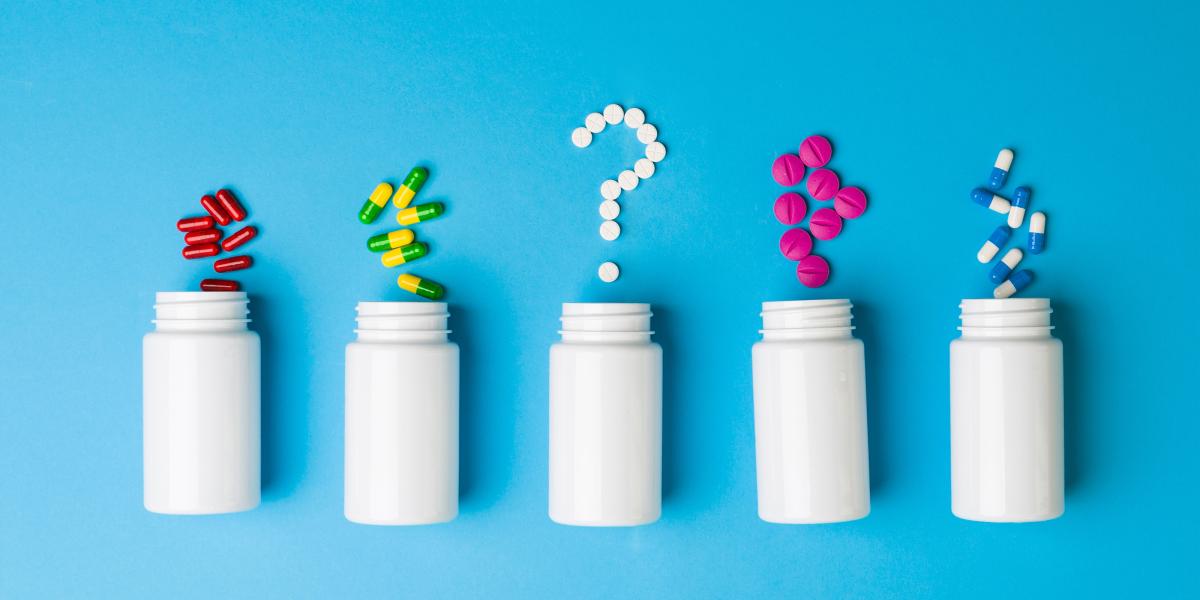Fake Drugs, Real Dangers
As counterfeit medications proliferate, researchers work to alert doctors and patients to the risks.
Brandon Macsata was 28 and newly diagnosed with HIV when his pharmacist delivered the alarming news: Lifesaving medication would cost him $1,200 a month.
As a nonprofit worker making $45,000 a year, he was floored.
“I thought, holy cow, what am I going to do?” Macsata says. “I can’t afford that.”
In a daze, he returned to his Washington D.C. apartment and started searching online for options. He discovered a purported Canadian online pharmacy that would charge him just $450 per month for the same pills. He took that medication for five months until his physician warned about the risk he was taking and connected him with an HIV-drug assistance program.
“My case demonstrates why people look for cheaper alternatives online,” Macsata says. “You don’t think: Am I putting myself at risk?”
A team of Bloomberg School experts has partnered with pharmaceutical giant Pfizer to better understand why patients skirt regulated supply chains and how health care providers can communicate the hazards.
The project, BESAFE, or Behavioral and Educational Strategies for Avoiding Falsified Medicine Exposure, is a timely initiative. U.S. prescription drug costs are higher than in other wealthy countries, making it harder for people to afford out-of-pocket costs. And more Americans are buying prescription medication online than ever before, driven by both costs and convenience.
But people have little awareness about the risks, says Saifuddin Ahmed, MBBS, PhD ’96, a professor in Population, Family and Reproductive Health who is leading the effort.
Substandard and falsified medications include drugs that have no active ingredients or the wrong ingredients or fraudulently misrepresent identity, composition, or source.
“If you’re buying a fake Rolex, you’re probably intentionally buying it,” Ahmed explains. “On the other hand, when people start buying counterfeit medicine, they’re not buying it intentionally—they’re in a trap.”
A Public Health Risk
The problem has disproportionately plagued low- and middle-income countries (LMICs), where about 10% of pharmaceutical products are substandard or false, according to the WHO.
Counterfeit drugs can lead to dire individual outcomes, explains Patrick Caubel, MD, PhD, MBA, Pfizer’s chief safety officer. In Nigeria, for example, a hospital gave patients with a severe bacterial infection a placebo instead of an antibiotic. Some died as a result. When Pfizer investigated, they found the hospital had unknowingly received and distributed a fake product.
“The counterfeit was so well made—the same vial, the same label, everything was identical—that even the nurses in the hospital thought it was real,” Caubel says.
That’s why regulatory systems are key. The U.S. FDA has largely protected the country’s pharmacies against fake medications. As a result, the country’s greatest health risks related to counterfeit drugs are most experienced when people buy drugs outside the standard system, such as through internet pharmacies or on the street, explains Joshua Sharfstein, MD, vice dean for Public Health Practice and Community Engagement at the School.
Yet despite regulatory safeguards, the U.S. has seen an “alarming” growth in fake medications, says Shabbir Safdar, executive director of the Partnership for Safe Medicines, a group of nonprofits committed to prescription drug safety. He points to counterfeit Adderall pills laced with meth, fake Ozempic, and a cancer drug with no active ingredient.
There’s no guarantee where medications delivered by international mail really originated. Even if an advertisement says a drug is from Canada, there’s no one policing such claims.
In recent years, India has emerged as a major global manufacturer of generics, explains Charles Preston, MD, MPH ’10, who works in regulatory affairs for the Gates Foundation. While that’s helped create more affordable generics, the country has struggled to build a culture of strong, consistent regulatory oversight. Drugs from India that have received FDA approval meet U.S. standards. But in LMICs without robust regulatory resources, the quality of drugs can be highly variable.
Educating not only patients but providers is vital to combating false products that can make their way to U.S. consumers via online pharmacies and other non-regulated avenues.
“The danger of counterfeit therapeutics is still not considered a public health crisis,” says Safdar. “Doctors are woefully misinformed about the safety of the drug supply.”
Spreading Awareness
Promoting awareness of fake meds is a key component of the BESAFE effort because health care providers rarely educate patients about the risks.
Subsequent phases of the project will look at ways to better use technology to monitor medication pathways and to strengthen regulatory bodies and providers’ roles. BESAFE will tailor its efforts: In LMICs, it might address weak oversight and monitoring systems, while in the U.S, it might focus on consumer and health care provider awareness.
“The idea is to have physicians, PAs—the ones writing the prescriptions—have more of a conversation with patients,” Ahmed says.
But awareness alone won’t solve the problem. Consumers often turn to cheaper international pharmacies because they can’t afford medications. Long term, the U.S. will need to address medication costs through legislation, improved pathways for generics, and better insurance coverage.
“You can’t address this simply by saying, ‘Don’t buy it,’” Ahmed says. “You need to provide affordable, safe drugs.”
That rings true for Brandon Macsata, the D.C. man who sought HIV medications online. He now has insurance that covers a monthly injection that keeps the virus undetectable. He still doesn’t know if the drugs he took were fake but recognizes the risk he took—and has empathy for people who unknowingly choose that path.
“You have to make choices, and sometimes you’re driven by cost,” he says. “As a society, we take for granted how safe our supply chain is.”
